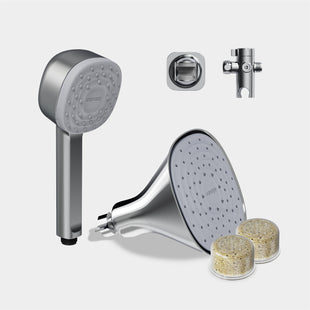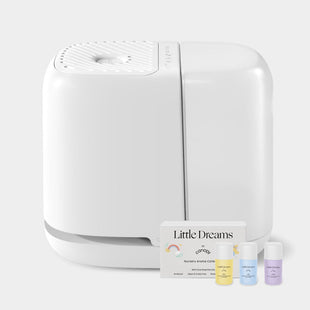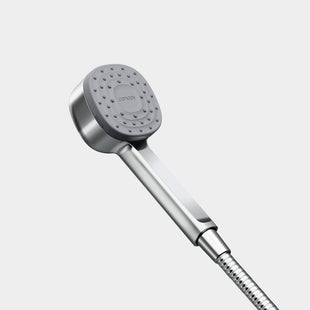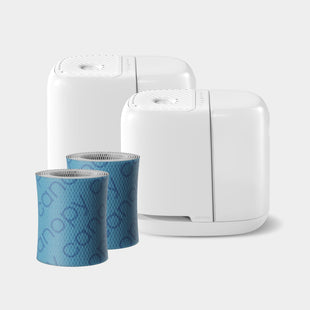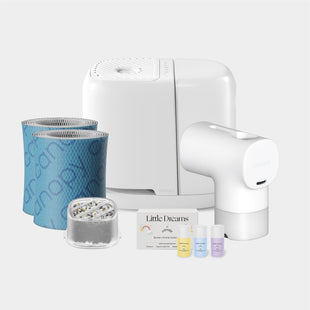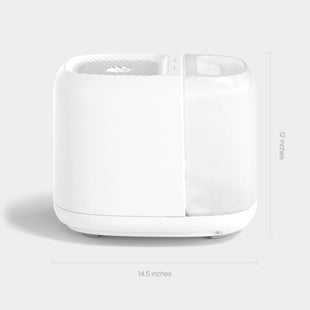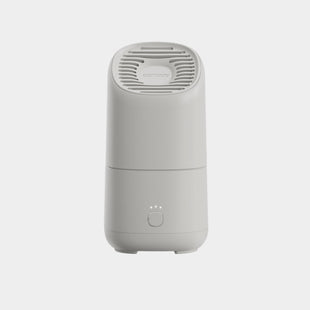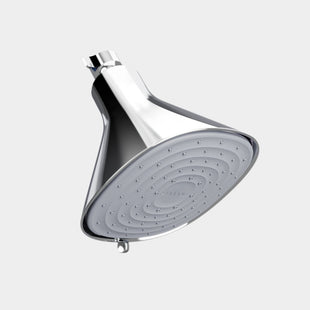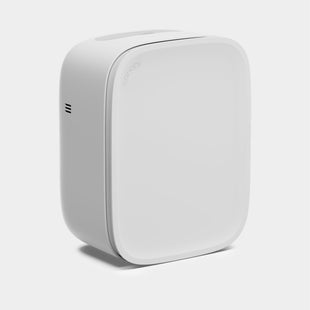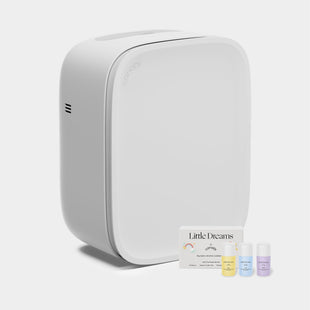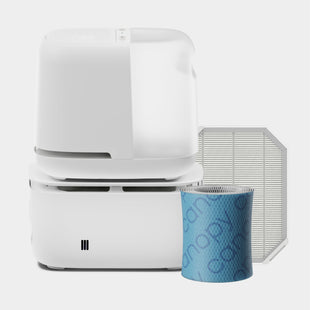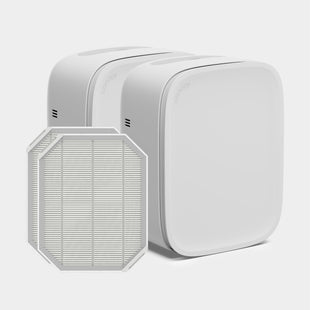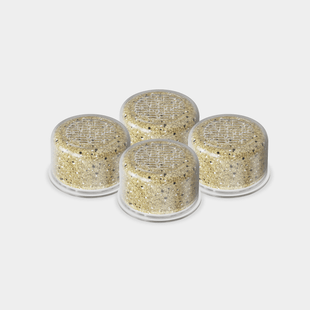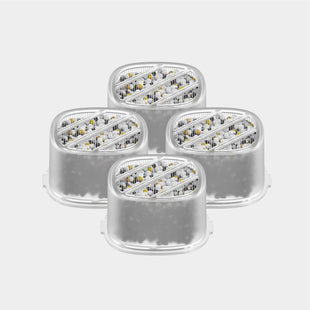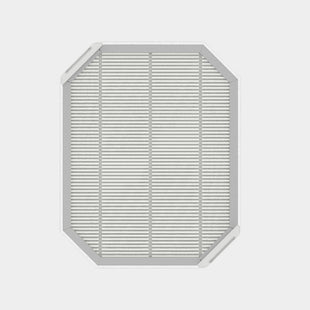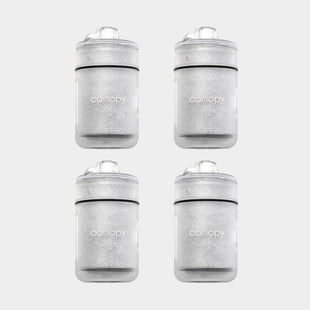An air purifier can be a useful tool for enhancing the quality of your indoor air. These devices are widely used to remove contaminants that can trigger allergies and eliminate odors inside the home. However, to work their best, these appliances must be placed strategically. Here are some do’s and don’ts to ensure the best air purifier placement in your home.
Do:
Place it near areas of concern
Most people use air purifiers to mask odors or eliminate pollutants. Therefore, the best location for air purifiers will be near the source of the scent or contaminant. For instance, you may wish to place it near a window or door to control pollutants if you live in a busy city. If anyone in your household smokes, placing the purifier near their go-to area will be the best way to alleviate odors and contaminants.
Optimize airflow
Ideally, the air purifier will be in a location that is central enough to ensure optimal airflow. If it’s hidden away in a corner or blocked by large furniture, it won’t be able to clean the air effectively. Make sure the purifier is at least several inches away from any walls or bulky furniture so it can circulate air properly.
Be mindful of room and unit size.

As long as the purifier is the right size for your space, options for placement are virtually limitless. If you’re using a purifier that is too small for a large, open space, it may be ineffective. Consider the square footage of the room you’ll be using it in, as well as the device’s clean air delivery rate (CADR).
If the CADR is provided in cubic feet per minute, multiply that number by 60 to determine the cubic feet per hour. Then, divide this amount by the size of your room to determine the air changes per hour (ACH). Ideally, people with allergies should use a device with 5 ACH or higher.
Don’t:
Overlook placement recommendations
Should air purifiers be on the floor? In most cases, no. With the exception of larger units intended for floor placement, most portable air purifiers should be placed on a stable elevated surface that can hold the device’s weight. A bookshelf, nightstand, and table are excellent options. However, the best place to put an air purifier is wherever the manufacturer recommends. For some models, wall-mounted placement may be needed, while others may work best on a high surface.
Place it near electronics
Placing a purifier near electronics, such as a computer or TV, could prevent all the devices from working properly. Even your wireless router’s signal could be affected. If the devices run on similar electrical wavelengths, they can create interference. Keep the purifier about 6 feet away from any electronics to prevent this issue.
Place it in a humid environment
Spaces that are especially humid, such as kitchens and bathrooms, have denser air, which can put excess strain on humidifiers as they work harder to remove pollutants. In some cases, they may not cleanse the air properly due to the amount of excess moisture.
Humid areas include the bathroom, kitchen, and basements or crawl spaces. Reconsider placing this device in these spaces to prevent premature wear. Instead, place it in the next room for a more effective operation and a better experience.
Air purifiers can enhance the quality of your home’s indoor air. If your air is too dry, it could allow germs to thrive and lead to issues like respiratory problems and dry skin. Optimize your indoor air with the mold-inhibiting* design inside the humidifier from Canopy. Our Humidifier Plus is ideal for large living spaces up to 1,000 square feet. For extra comfort in small spaces, like bedrooms and home offices, try our original humidifier.
*Mold inhibition limited to device interior. Does not treat air or environment. 3rd party lab-tested with Aspergillus niger (ATCC 6275, 16404).

